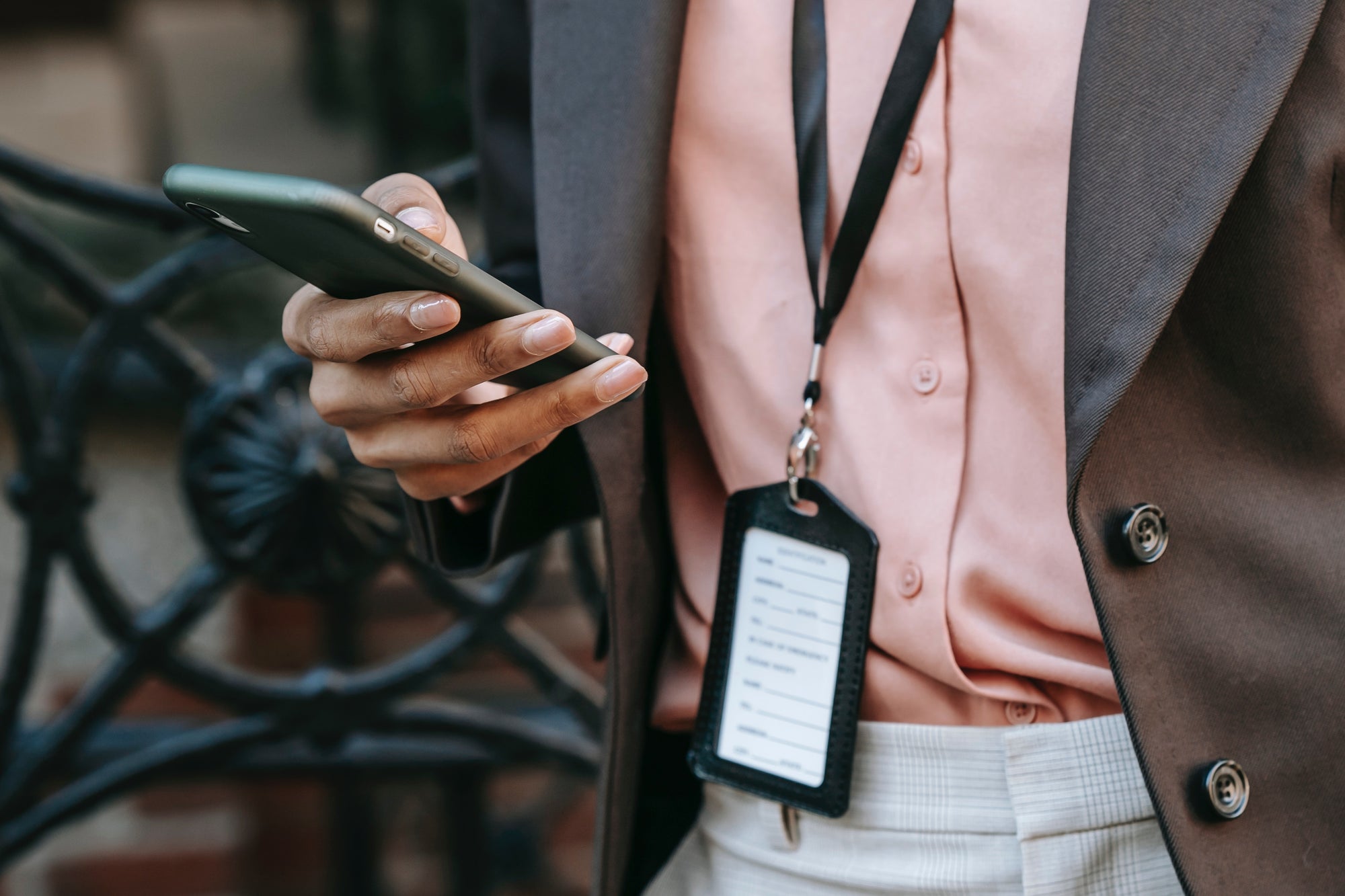There is something about wearing a suit that elevates your style and confidence. Whether it's for a job interview, a wedding, or a special occasion, a suit is a wardrobe staple that every man should own. However, not all suits are created equal. There are different styles, fabrics, and features that make each suit unique. In this article, we'll explore the different parts of a suit and what sets them apart.
Lapel Types
The lapel is the folded flap of cloth on the front of the jacket that is collar-like in appearance. The three most common types of lapel are notched, peaked, and shawl. The notched lapel is the most traditional and versatile option. It is the most common type of lapel, with a triangular notch where the lapel meets the collar. Peaked lapels are more formal and often seen on tuxedos. They have pointed ends that protrude upwards towards the shoulders. Shawl lapels have a continuous curve without a break or notch, giving them a smoother and more delicate look. They are often used on blazers and dinner jackets.
Suit Canvas Types
The suit canvas is the layer of material between the suit's outer fabric and lining. It gives the suit its structure and shape. There are two types of suit canvas: fused and floating. Fused canvas is the most common type and involves glueing together the layers of fabric. The suit's shape is permanent, and it's easy to manufacture in large quantities. However, fused canvas suits tend to have a stiffer feel and can't be altered as easily.
On the other hand, floating canvas suits have an inner layer of canvas, which is free-floating and sewn into the suit. Floating canvas suits require more time and craftsmanship to create, making them more expensive. However, they provide a better fit, superior drape, and allow for easier alterations.
Button Types
The number of buttons on a suit jacket can vary from one to three or more. Single-button jackets are more common on tuxedos and are ideal for formal occasions. Two-button jackets are the most versatile and can be worn for both formal and casual events. Three-button jackets are less common but can give the wearer a more elegant look. Regardless of how many buttons you prefer, ensure that the jacket's fit is snug and looks natural to your body shape.
Sleeve Types
Sleeves are one of the most overlooked aspects of a suit, but they are essential for comfort and mobility. There are three types of sleeves: working, non-working, and surgeon's cuffs. The working sleeve has functional buttons, allowing you to roll up your sleeves easily. The non-working sleeve, on the other hand, is purely decorative and does not open. The surgeon's cuff is a functional sleeve that has working buttons, but with a twist. The buttons are usually arranged in a non-traditional pattern, making it an excellent option for those that want to stand out.
Pockets
Pockets are an essential feature of a suit, and they can vary in design and function. The two most common pocket types are the flap pocket and the welt pocket. Flap pockets have a flap that covers the pocket entrance and gives a more classic, conservative look. On the other hand, welt pockets are slits in the fabric with a small welt sewn on top. They give a sleek, more modern appearance.
Conclusion
A suit is not just a piece of clothing but rather an intricate ensemble that requires attention to detail. The lapels, suit canvas, buttons, and sleeves all play a crucial role in making you look sharp and stylish. Each part offers unique options that can help you stand out from the crowd. No matter which part you choose, remember that fit is king. A perfectly tailored suit can make you look and feel like a million bucks, regardless of the parts that make it up.
To learn more about the suit options Lupo Bianco provides you, please see our style guide or contact us for a free consultation today!



